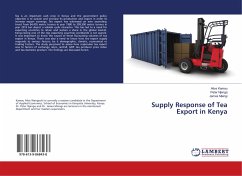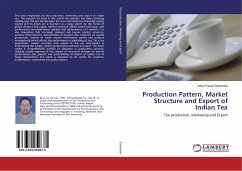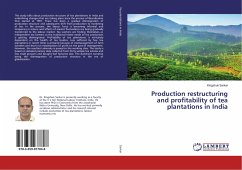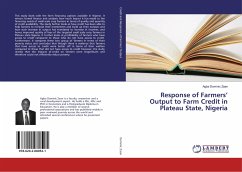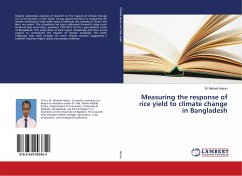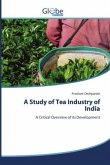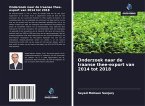Tea is an important cash crop in Kenya and the government policy objective is to sustain and increase its production and export in order to increase export earnings. Tea export has witnessed an ever ascending trend from 84,455 metric tonnes in year 1980 to 399,500 metric tonnes in year 2015 but depict a volatile cyclic character. This has led to a need for exporting countries to retain and sustain a share in the global market. Kenya being one of the top exporting countries worldwide is not spared. It was important to know the causes of these fluctuating volumes of tea export in Kenya. There was also a need to know how tea export supply responds to various factors; be it demographic, climatic, economical or trading factors. The study purposed to assess how responsive tea export was to factors of exchange rates, rainfall, GDP, tea producer price index and tea domestic product. The findings are discussed herein.
Bitte wählen Sie Ihr Anliegen aus.
Rechnungen
Retourenschein anfordern
Bestellstatus
Storno

